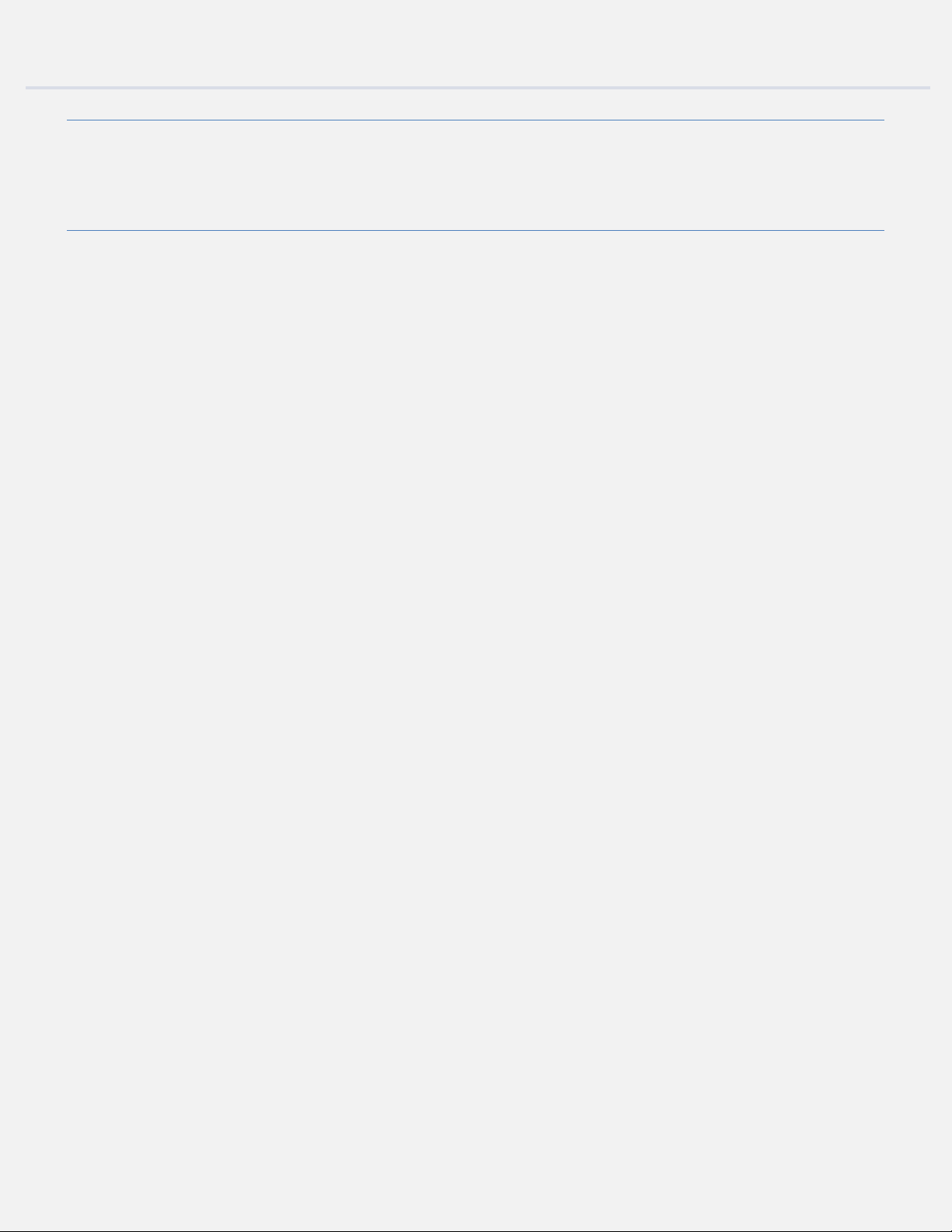
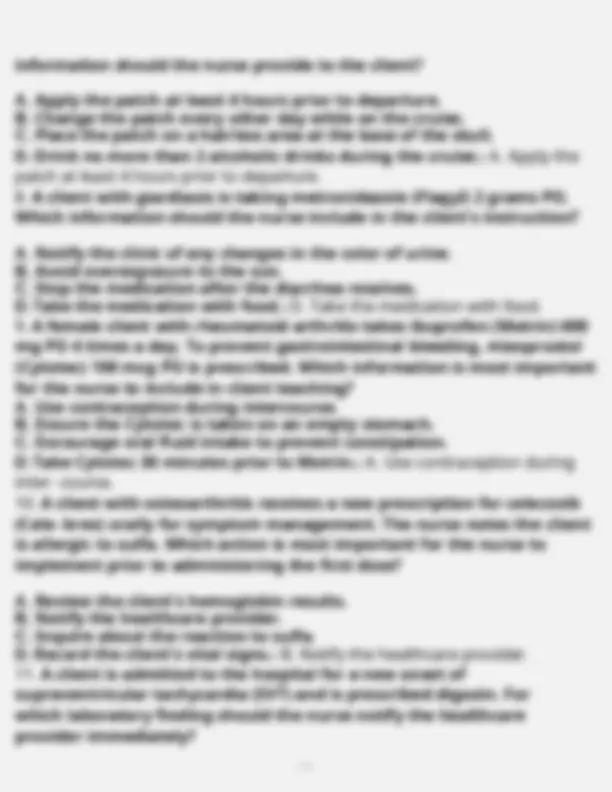
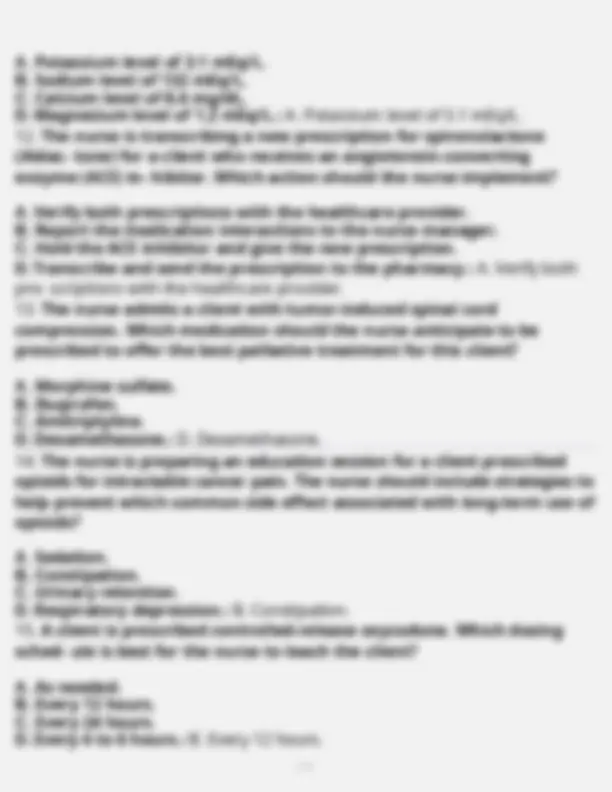
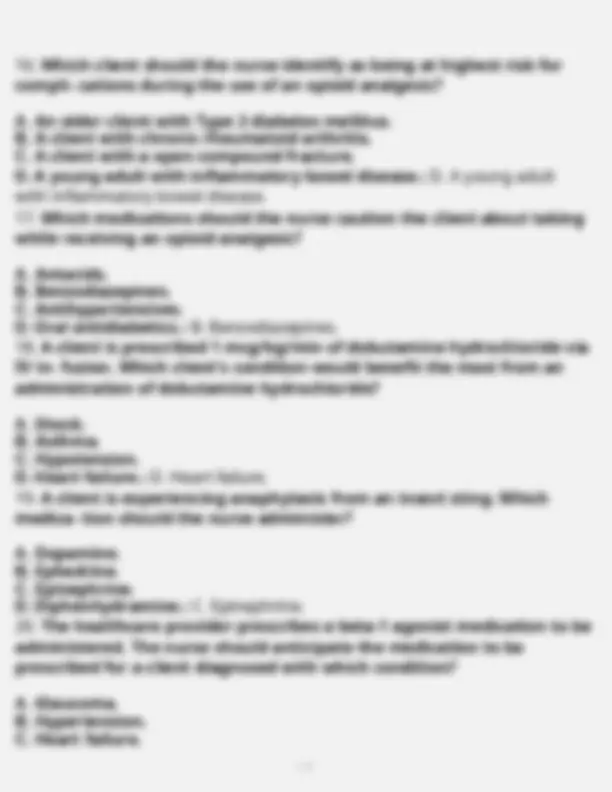
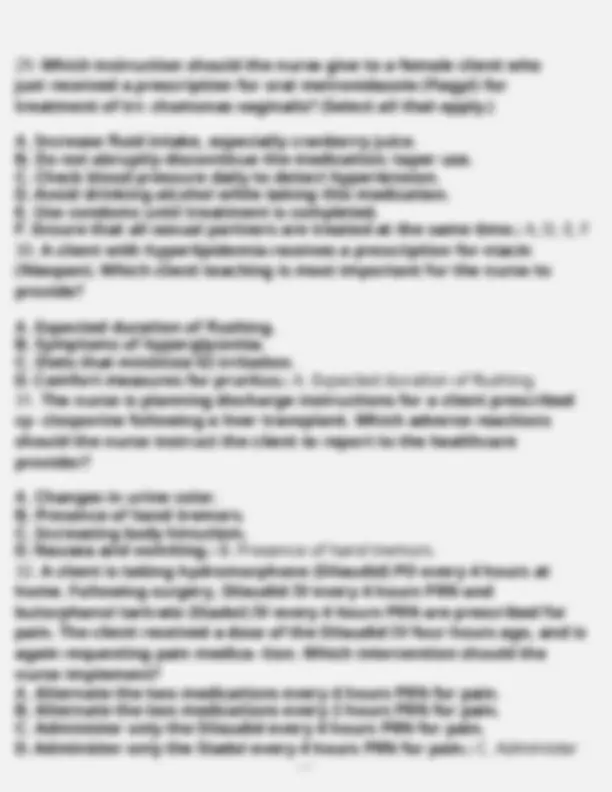
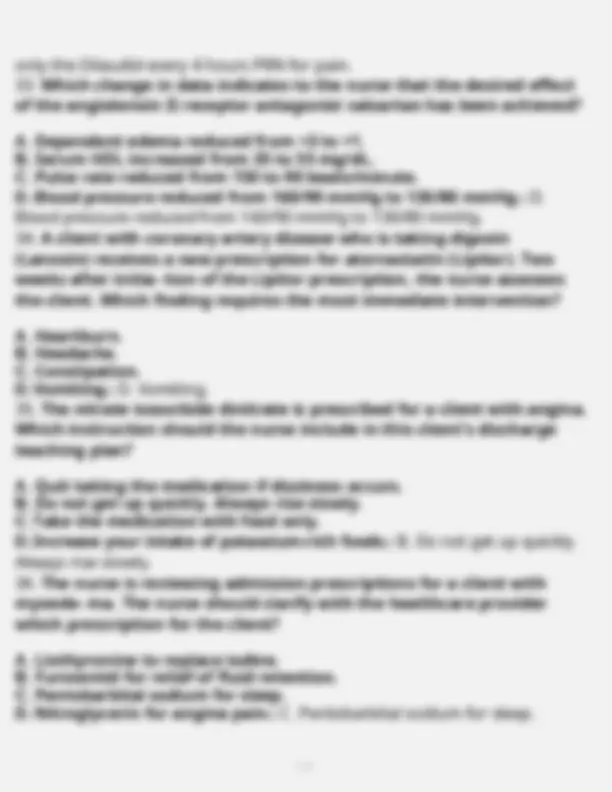
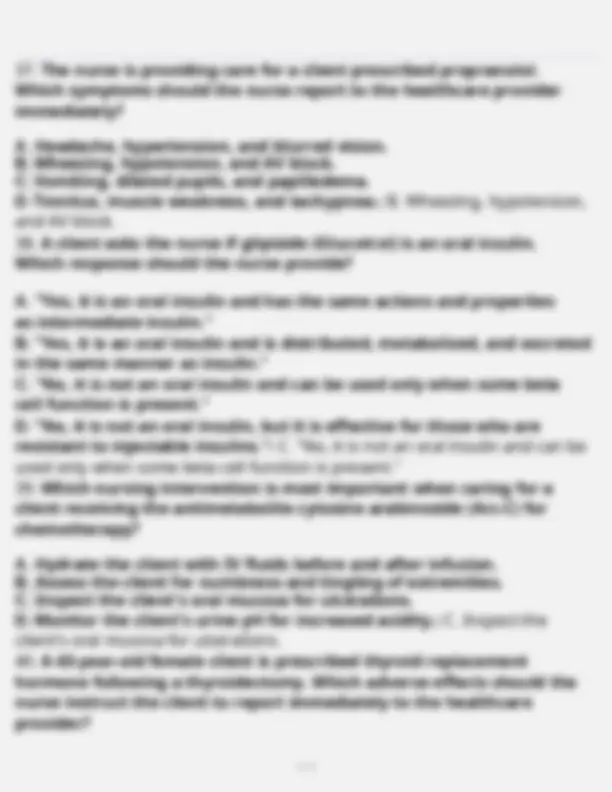
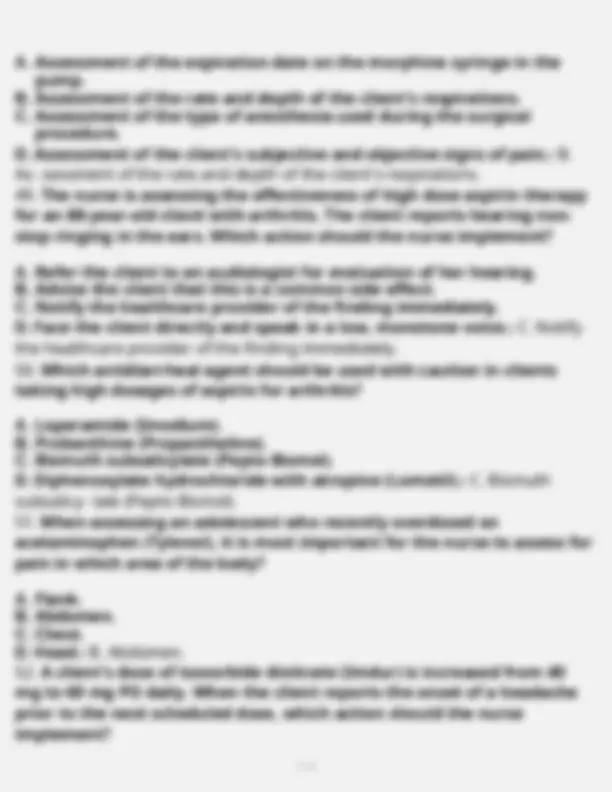
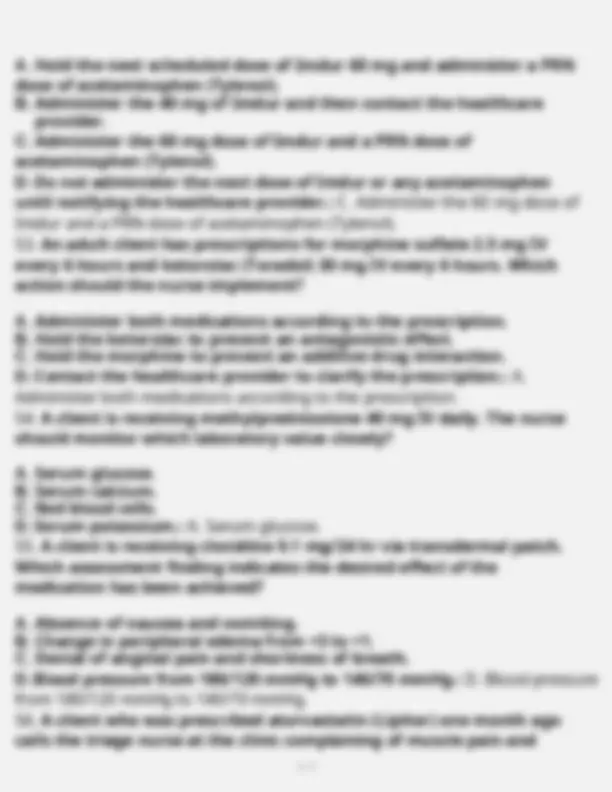
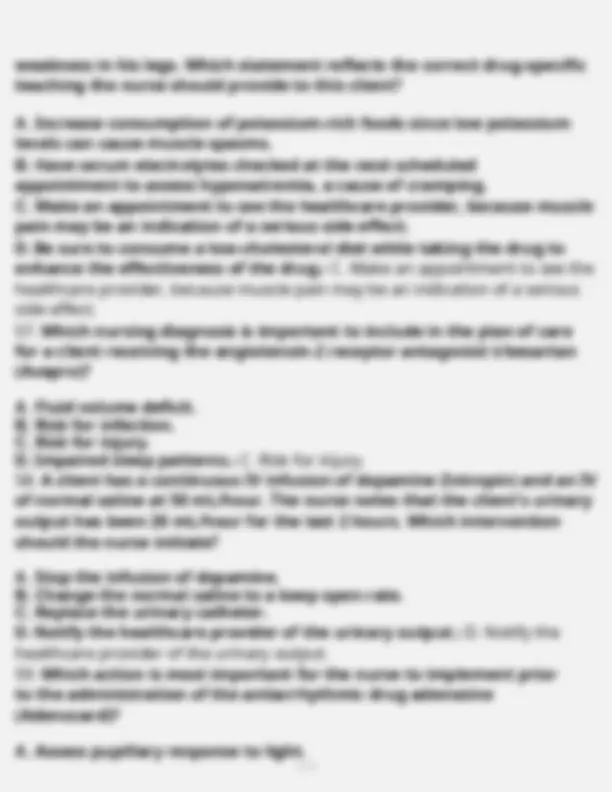
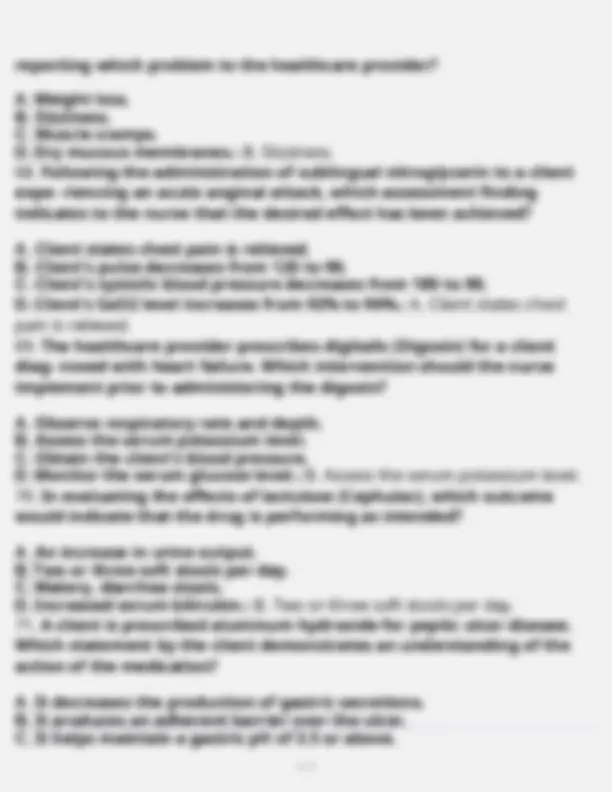
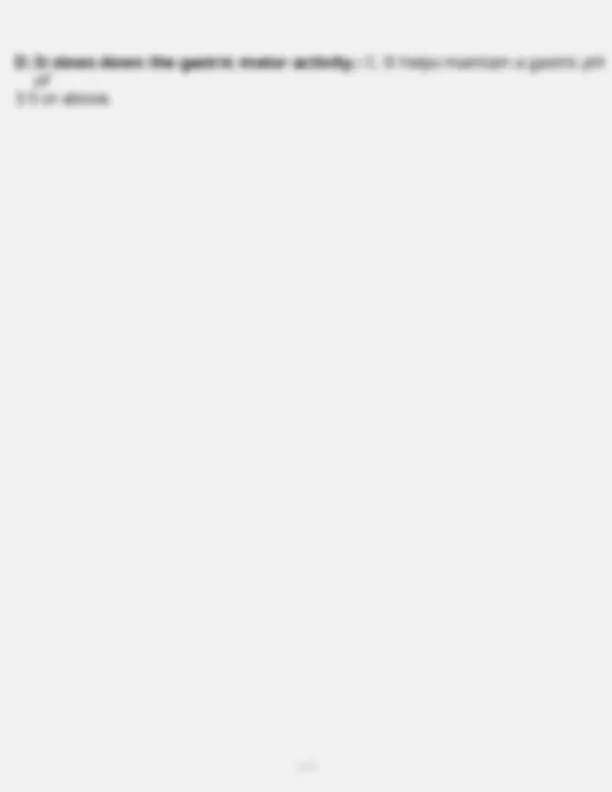


Study with the several resources on Docsity

Earn points by helping other students or get them with a premium plan


Prepare for your exams
Study with the several resources on Docsity

Earn points to download
Earn points by helping other students or get them with a premium plan
Community
Ask the community for help and clear up your study doubts
Discover the best universities in your country according to Docsity users
Free resources
Download our free guides on studying techniques, anxiety management strategies, and thesis advice from Docsity tutors
Pharm HESI Practice Exam Latest update(QUESTIONS AND ANSWERS) 2024-2025]
Typology: Exams
1 / 19

This page cannot be seen from the preview
Don't miss anything!












A. Tachycardia. B. Increased blood pressure. C. Rapid resolution of wheezing. D. Improved pulse oximetry values. E. Reduce fever airway inflammation.: C, D
A. Potassium level of 3.1 mEq/L. B. Sodium level of 132 mEq/L. C. Calcium level of 8.6 mg/dL. D. Magnesium level of 1.2 mEq/L.: A. Potassium level of 3.1 mEq/L.
A. Tinnitus and dizziness. B. Tachycardia and chest pain. C. Dry skin and intolerance to cold. D. Weight gain and increased appetite.: B. Tachycardia and chest pain.
A. Assessment of the expiration date on the morphine syringe in the pump. B. Assessment of the rate and depth of the client's respirations. C. Assessment of the type of anesthesia used during the surgical procedure. D. Assessment of the client's subjective and objective signs of pain.: B. As- sessment of the rate and depth of the client's respirations.
A. Hold the next scheduled dose of Imdur 60 mg and administer a PRN dose of acetaminophen (Tylenol). B. Administer the 40 mg of Imdur and then contact the healthcare provider. C. Administer the 60 mg dose of Imdur and a PRN dose of acetaminophen (Tylenol). D. Do not administer the next dose of Imdur or any acetaminophen until notifying the healthcare provider.: C. Administer the 60 mg dose of Imdur and a PRN dose of acetaminophen (Tylenol).
B. Instruct the client that facial flushing may occur. C. Apply continuous cardiac monitoring. D. Request that family members leave the room.: C. Apply continuous cardiac monitoring.
A. Administer a PRN dose of the PO lithium. B. Administer naloxone IV push. C. Decrease the IV infusion rate of the meperidine. D. Increase the IV infusion rate of the meperidine.: C. Decrease the IV infusion rate of the meperidine.
D. It slows down the gastric motor activity.: C. It helps maintain a gastric pH of 3.5 or above.